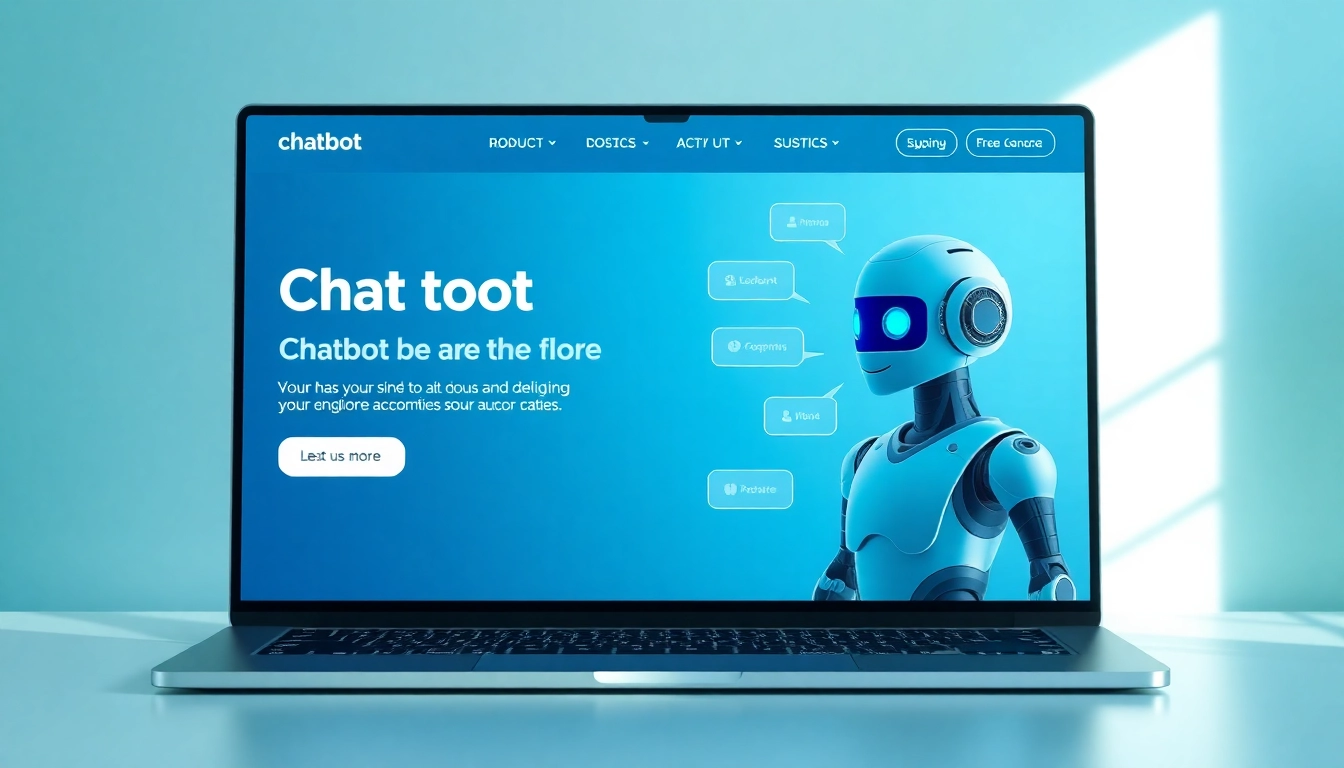Understanding Competitive Intelligence
What is Competitive Intelligence?
Competitive intelligence refers to the systematic process of gathering, analyzing, and disseminating information about competitors, market trends, and other critical factors that can shape an organization’s strategic direction. It is not merely about data collection; it is about deriving actionable insights that can lead to improved decision-making and enhanced performance. Companies leverage competitive intelligence to gain a comprehensive understanding of the external environment in which they operate, which subsequently helps in making informed strategic decisions.
The competitive intelligence process involves several stages, including data collection, analysis, and dissemination. This ensures that organizations are not only reacting to their immediate challenges but are also proactively anticipating changes in their competitive landscape. Furthermore, competitive intelligence is crucial for identifying opportunities and threats that may arise as market dynamics evolve.
The Importance of Competitive Intelligence in Modern Business
In today’s global marketplace, the ability to adapt and respond to competition is paramount. Competitive intelligence plays a vital role in this adaptability by providing organizations with insights into competitor strategies, market trends, consumer behaviors, and technological advancements. With effective competitive intelligence practices, businesses can:
- Enhance Competitive Position: Understanding competitors’ strengths and weaknesses allows for the identification of areas where a business can gain an advantage.
- Support Strategic Planning: The actionable insights derived from competitive intelligence inform long-term strategic planning and short-term tactical decisions.
- Mitigate Risks: By keeping a close eye on industry trends and competitor activities, organizations can foresee potential threats and devise strategies to mitigate risks.
- Drive Innovation: Insight into market needs and competitor offerings can inspire innovation, leading to the development of superior products and services.
Types of Competitive Intelligence
Competitive intelligence can be categorized into several types, each focusing on different aspects of the competitive landscape. These include:
- Competitor Intelligence: Information about direct competitors, including their strengths, weaknesses, and strategic initiatives.
- Market Intelligence: Understanding the broader market dynamics, including market sizes, growth rates, and customer demographics.
- Customer Intelligence: Gathering insights into customer preferences, buying behaviors, and feedback to inform product development and marketing strategies.
- Product Intelligence: Detailed analysis of products within the market, including features, pricing, and performance compared to competitors.
- Industry Intelligence: Insights about regulatory changes, macroeconomic factors, and technological advancements that may impact the business environment.
Methods for Gathering Competitive Intelligence
Primary Data Collection Techniques
Primary data collection involves gathering new data that has not been previously collected. This can be achieved through various methods, such as:
- Surveys and Questionnaires: Directly collecting information from customers or industry experts to gain insights into preferences and trends.
- Interviews: Conducting one-on-one discussions with stakeholders to gather qualitative data regarding competitive practices and market sentiment.
- Focus Groups: Engaging a small group of individuals to discuss specific topics related to products or services, providing deeper insights into consumer perspectives.
Secondary Data Sources and Their Utility
Secondary data sources refer to information that has already been collected and published. These can include:
- Market Reports: Industry reports that provide comprehensive data and analysis on market trends, competitor performance, and consumer behaviors.
- Academic Journals: Research studies and articles that provide insights into theoretical frameworks and empirical data relevant to the business environment.
- News Articles and Press Releases: Media coverage that highlights competitor activities, market changes, and new product launches.
- Social Media and Online Forums: Platforms where consumers share their opinions and feedback, offering valuable insights into customer sentiment and competitor performance.
Ethical Considerations in Data Gathering
In the pursuit of competitive intelligence, ethical considerations must always be front and center. Organizations must ensure that their data-gathering practices comply with legal standards and ethical norms. This includes avoiding deceptive practices such as:
- Misrepresentation: Presenting oneself untruthfully while gathering information.
- Data Privacy Violations: Overstepping boundaries in how customer data is collected, shared, or utilized.
- Corporate Espionage: Engaging in illegal practices to acquire confidential information belonging to competitors.
Analyzing Competitive Intelligence Data
Key Metrics for Performance Evaluation
The effectiveness of competitive intelligence lies in its analysis. Key performance indicators (KPIs) can be established to evaluate the success of competitive intelligence initiatives. Metrics may include:
- Market Share Analysis: Assessing how much of the market a business occupies compared to competitors.
- Customer Retention Rates: Tracking the ability to retain customers over time as a measure of customer satisfaction and loyalty.
- Revenue Growth: Analyzing trends in revenue to determine how competitive strategies impact financial performance.
- Product Launch Success Rates: Evaluating the performance of new products in the market to gauge the effectiveness of intelligence-driven strategies.
Tools and Technologies for Data Analysis
Several tools and technologies can aid organizations in analyzing competitive intelligence data effectively. These include:
- Data Analytics Software: Solutions like Tableau or Power BI for visualizing data and uncovering patterns.
- Customer Relationship Management (CRM) Systems: Tools that manage and analyze customer interactions and data throughout the lifecycle.
- Social Media Monitoring Tools: Platforms like Hootsuite or Sprout Social that gather insights from social platforms, helping to gauge public sentiment and competitors’ engagement.
Interpreting Data to Inform Strategies
Once data is gathered and analyzed, it is essential to interpret the findings correctly. This includes identifying actionable insights that can lead to strategic adjustments. Organizations should:
- Identify Key Trends: Look for patterns in data that indicate shifts in consumer behavior or market dynamics.
- Benchmark Against Competitors: Compare performance metrics against industry leaders to identify gaps and opportunities for improvement.
- Create Predictive Models: Utilize historical data to forecast future scenarios, enabling proactive strategy formulation.
Implementing Competitive Intelligence Strategies
Integrating Insights into Business Planning
The successful integration of competitive intelligence into business planning requires collaboration across departments. Steps to ensure effective implementation include:
- Cross-Functional Collaboration: Encourage collaboration between marketing, sales, product development, and other relevant departments to share insights and drive strategic alignment.
- Regular Briefings: Hold regular meetings to discuss intelligence findings and update strategies based on new data.
- Training and Development: Invest in training employees to understand and utilize competitive intelligence in their roles effectively.
Case Studies: Successful Implementation Examples
While specific company names are not highlighted, many organizations have successfully implemented competitive intelligence initiatives. These case studies typically showcase:
- Data-Driven Decisions: Companies that have used competitive insights to drive product innovation or adjust pricing strategies have often seen increased market share.
- Customer-Centric Approaches: Organizations that analyze customer feedback to tailor offerings have experienced enhanced customer loyalty and retention.
- Response to Market Changes: Companies adept at adjusting strategies based on competitive analysis have fared better during economic downturns.
Common Pitfalls and How to Avoid Them
Despite the benefits, many organizations encounter pitfalls in competitive intelligence efforts. Common challenges include:
- Information Overload: Accumulating too much data without clear objectives can lead to confusion. Establish clear goals for what to analyze.
- Failure to Act: Gathering intelligence without implementing changes is a waste. Ensure action steps are defined based on gathered insights.
- Lack of Consistency: Inconsistent methodologies can lead to unreliable data. Standardize processes for gathering and analyzing competitive intelligence.
Measuring the Success of Competitive Intelligence Initiatives
Key Performance Indicators to Track
Organizations should establish KPIs to measure the ongoing effectiveness of their competitive intelligence strategies. These indicators may include:
- Time to Insight: The duration from data collection to actionable insights can indicate process efficiency.
- Implementation Rate: Tracking the percentage of insights that lead to actionable strategies can demonstrate the utility of intelligence.
- Employee Engagement Levels: Higher levels of end-user involvement in intelligence usage can signify effective integration.
Adjusting Strategies Based on Results
As organizations measure the success of their initiatives, adapting strategies based on insights gathered is just as important. This may involve:
- Continuous Feedback Loops: Regularly revisiting intelligence processes to incorporate new data and shift focus as necessary.
- Flexible Strategy Adjustments: Ensuring that strategic plans are adaptable to changing market conditions and new insights.
- Ongoing Training and Development: Encouraging a culture of continuous learning ensures that employees are equipped to adapt to new competitive landscapes.
The Future of Competitive Intelligence
The landscape of competitive intelligence is continually evolving. Emerging trends may include:
- Advanced Analytics: The use of AI and machine learning in competitive intelligence processes can enhance predictive analytics and uncover hidden patterns within data.
- Real-Time Data Gathering: With technological advancements, the ability to gather and analyze real-time data will become increasingly crucial for staying competitive.
- Cultural Shift Towards Intelligence: Organizations may increasingly recognize the necessity of a competitive intelligence culture, integrating it deeply into their corporate ethos.

